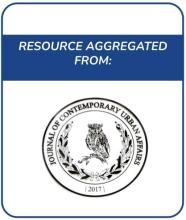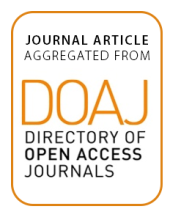/ library resources
Showing items 1 through 9 of 9.Nature-based solutions (NbS) include all the landscape’s ecological components that have a function in the natural or urban ecosystem.
Despite the rise to prominence of sustainable planning the state of urgency and the pressure imposed by the extreme competition between metropolitan territories reduce sustainability to a marketoriented doctrine for deregulated urban development The aim of this article is an exploration of the cu
The empirical investigation of which risk factorpolitical or financialis the optimal driver of country risk in emerging economies in the twentyfirst century has grown into a significant and volatile issue in recent decades This paper investigates the linkages between political risk and financial
The sustainable management of natural resources under climate change conditions is a critical research issue. Among the many approaches emerged in recent times, the so-called ‘nexus approach’ is gaining traction in academic and policy circles.
Structural change is integral to evolving economies (Goddard et al., 1993).
Pedestrian zones are public spaces intended for the continued and safe mobility of pedestrians and people with disabilities, and they provide multiple benefits to urban areas.
Almost all of the most populated cities in the world have invested heavily on high capacity urban public transit systems.
Changes in the usage of a particular urban or regional area have immediate effects on transportation, such as the development of a new multimodal terminal within a city, or the creation of a business park in its outskirts.
Rapid urbanization together with policy ineffectiveness in controlling urban growth is often associated to soil and land degradation in both the developing and developed world.
Land Library Search
Through our robust search engine, you can search for any item of the over 73,000 highly curated resources in the Land Library.
If you would like to find an overview of what is possible, feel free to peruse the Search Guide.






